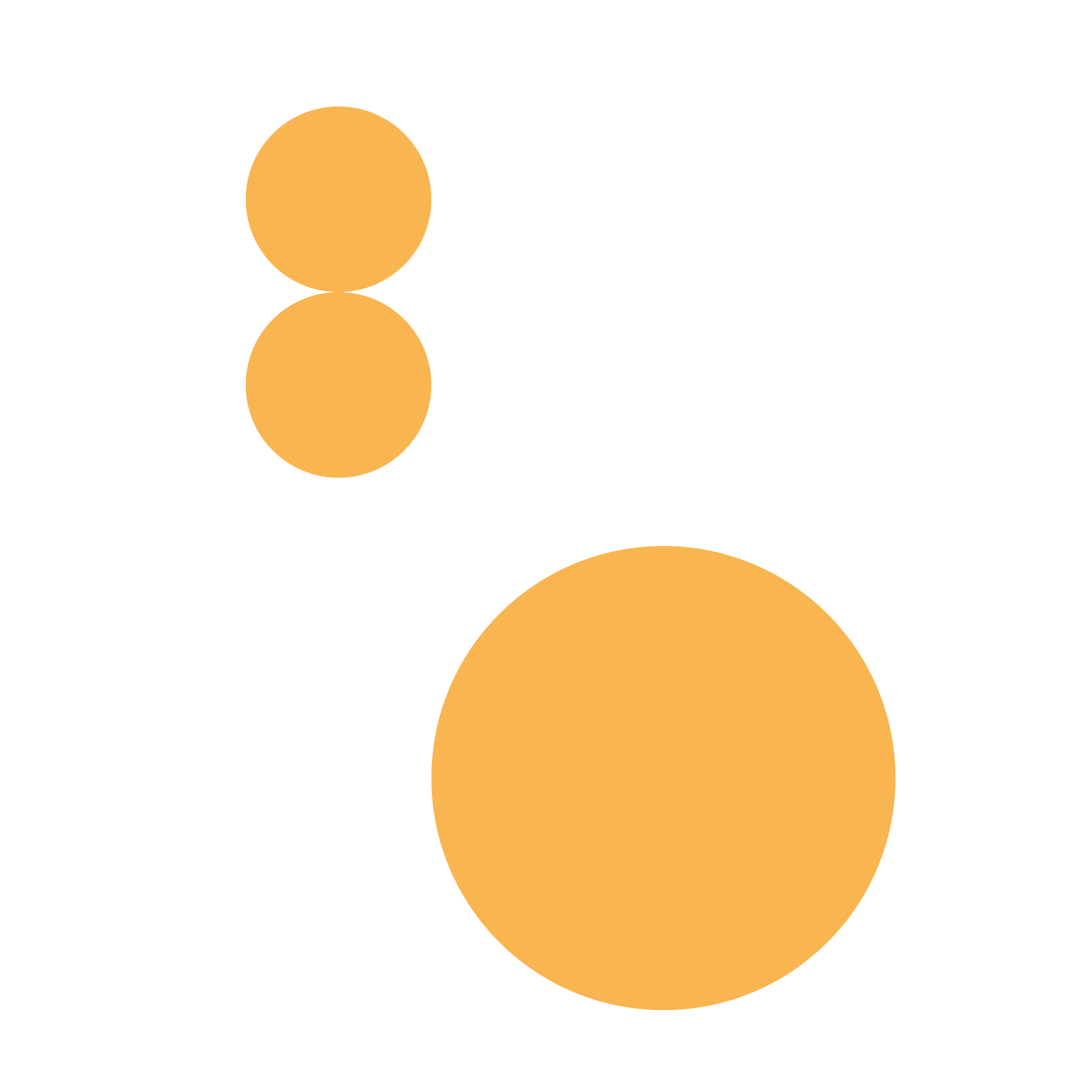
ANKA DUER
Architect. Midwife.
Anka Duer, born in 1988, studied architecture at ETH Zurich, TU Berlin and Innsbruck and has worked in several planning offices. In 2016 she co-founded the activist group “Birth Culture a-z” in Vorarlberg, Austria. In her diploma thesis, Anka Duer designed a contemporary birthing center with birthing rooms made of rammed earth. In 2020, a prototype of such a birthing room was created next to the Women's Museum in Hittisau (Austria) - the so-called "Room for Birth and Senses". In 2022, Anka Duer completed her training as a midwife at the ZHAW, Switzerland. In Sophie Dettmar's documentary "In Your Hands" Anka Duer appears as one of the two protagonists (D, 66 Min, 2023). With the "Global Birth Environment Design Network", a global alliance of experts in the field of birth environment design, Anka researches birth cultures and travels around the world examining birthing spaces (case studies). The architect and midwife is currently working on planning a birth center in Switzerland.
Anka Duer / © Asunta Rauch
“We should be born in spaces that convey a sense of security and safety. Self-determination at birth is a human right.”
© FMH / Angela Lamprecht
© Laurenz Feinig
BIRTHING SPACE MANIFESTO
Does space influence birth? Can architecture support the birthing process and what needs to be considered when designing birthing spaces?
Today, 98 per cent of women in German-speaking countries give birth in hospital. In the course of the shift of births from the home environment to hospitals in the 20th century, the influence of the hospital environment on the on the nervous system of the woman giving birth and the physiology of labour. The history of architecture has also never dealt in depth with the subject of birth from a spatial perspective. And this despite the fact that, firstly, birth affects everyone without exception and, secondly, is a profound experience, both on a personal and social level.
"The connections between birth and space represent a void in social architectural and obstetric awareness."
Social factors play a major role in determining the spatial conditions for birth significantly. The female body has been subject to the patriarchal gaze for centuries. We should be born in spaces that convey a sense of security and safety. Self-determination at birth is a human right. The surrounding space has an influence on the birth. Light, smell, colour, temperature, material and surface texture play an important role in our perception role. Consciously or unconsciously, the space around us has an influence on us – on our behaviour, our actions, our nervous system and our health.
"Imagine that you are naked and small, the room around you is cold, bright light burns in your eyes and loud noises make you flinch; or imagine you are naked and small, the temperature around you is pleasantly warm, the light and colours are subdued and the only thing you are listening to with complete attention are the loving voices of your parents..."
Common birthing rooms differ little from other rooms in hospitals. They are primarily equipped with technical equipment, sterility plays an important role and their main purpose is to monitor the labour process and, if necessary, to carry out interventions. This is not only reflected in their design, they also feel ridged.
A birthing room is a territory, a sanctuary, a workplace, a wellness oasis, a gym, the scene of emergencies and our very first experience with architecture. An active birthing woman works with gravity. Standing upright, walking, sitting, kneeling, hanging and moving around.
Movement supports the birth process. The task of architecture is correspondingly comprehensive to the architecture. There are virtually no built examples of contemporary "birthing room architecture".
This is the call for a new typology.
Space is a resource. The value that a society places on the processes surrounding pregnancy, birth and parenthood has a significant influence on the space available and the design of birthing environments. This explains why spaces for birth and health are also a political issue.
I am an architect and midwife. And I have dedicated myself to the design of birth environments. In 2020, as part of a team with Anna Heringer, Martin Rauch and Sabrina Summer, I was able to realise the first walk-in prototype for a new type of birthing space made of clay on the meadow next to the Women's Museum in Hittisau (AT).
Today, in addition to my international research projects, I am working on the realisation of a sustainable birthing pavilion (pilot project) in Switzerland. I want to set new standards in the design of birthing spaces.
© FMH / Angela Lamprecht
© FMH / Angela Lamprecht
“Once we understand what women need in order to give birth, we will build other spaces for birth based on.”






